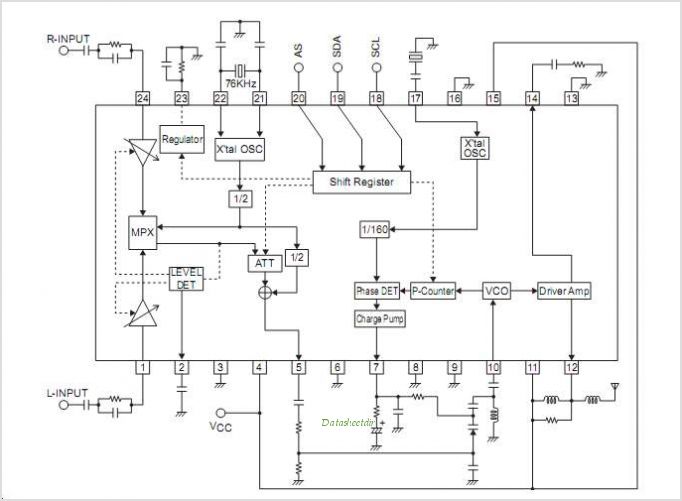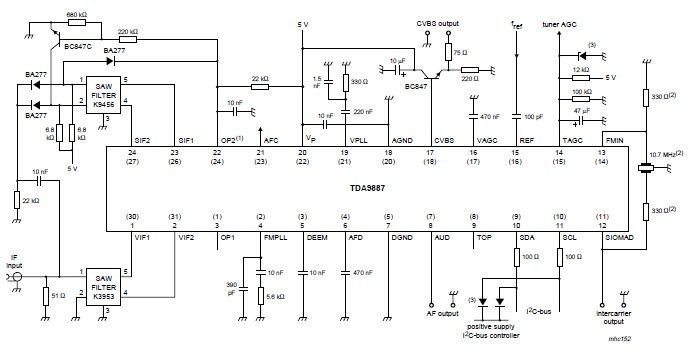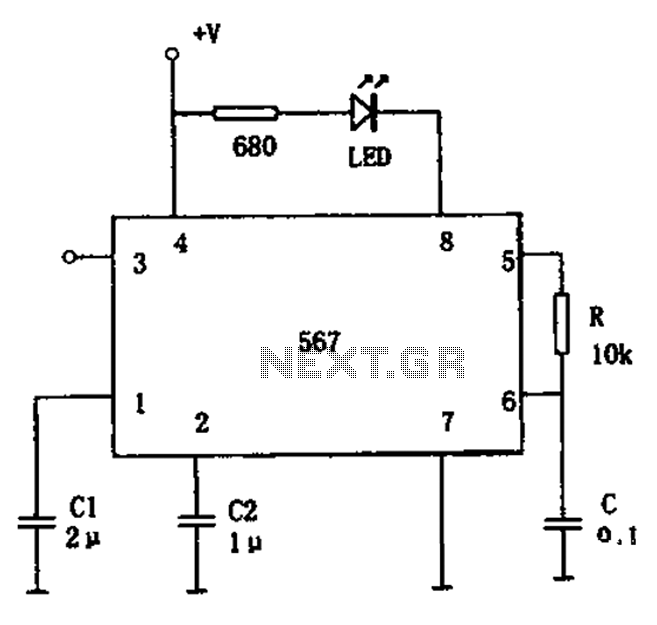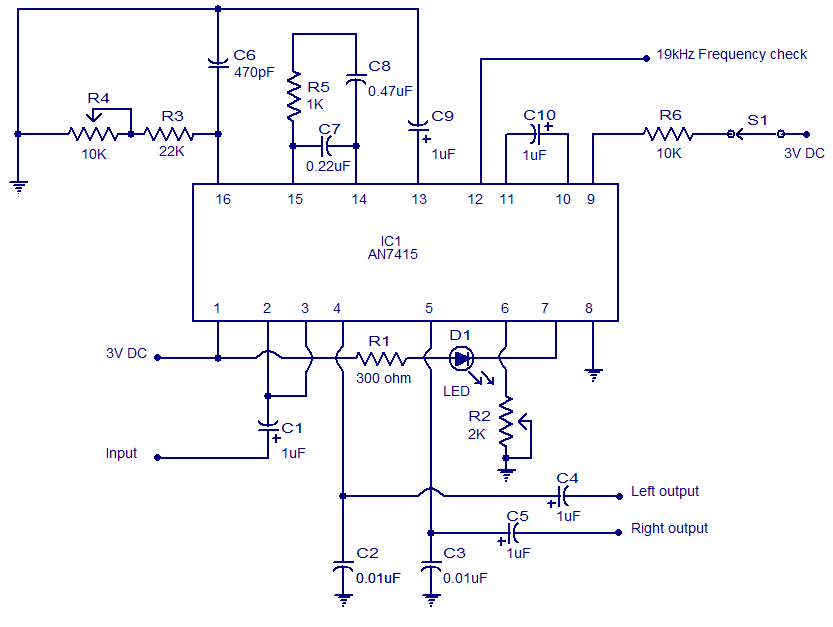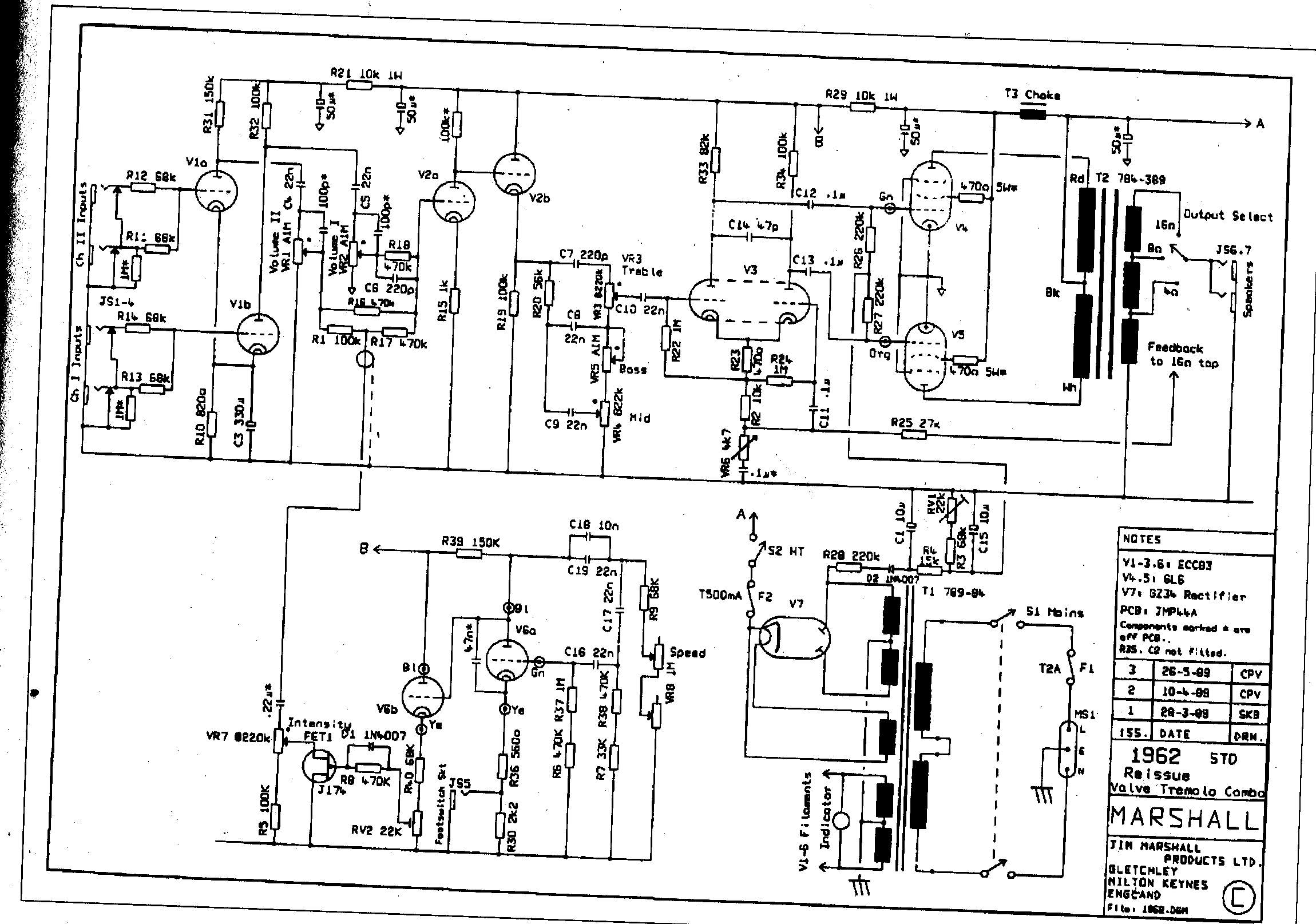
C64 S-video mod
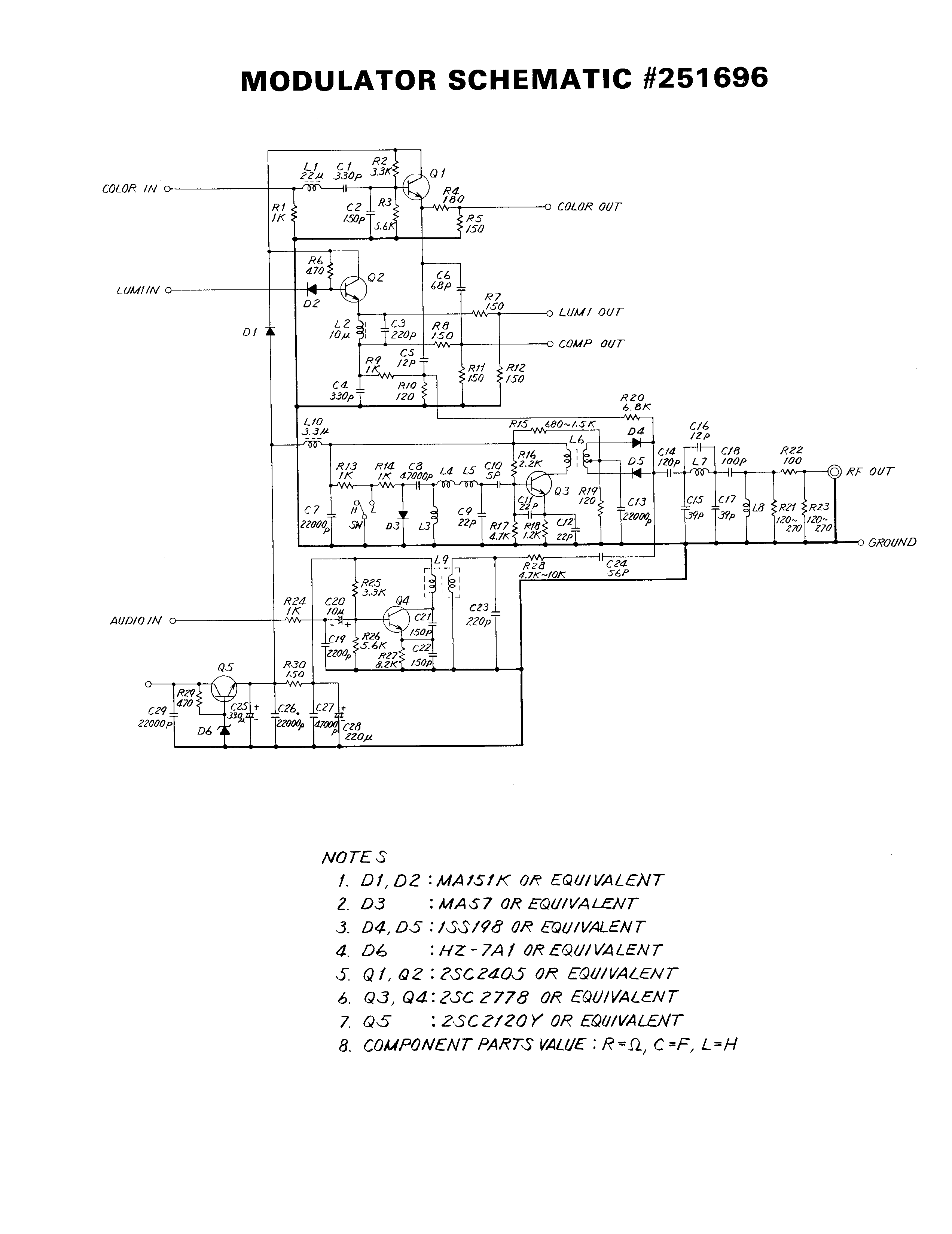
This modification involves swapping the C64 audio/video connector with a standard connector that accommodates a regular S-video cable, while utilizing the RF modulator RCA jack for audio output. The use of standard connectors simplifies the process and minimizes complications.
This modification enhances the versatility of the Commodore 64 (C64) by allowing users to connect to modern display devices that support S-video input. The S-video connection provides improved video quality compared to the traditional composite video output. By replacing the original audio/video connector with a standard S-video connector, users can achieve a clearer and more defined image on compatible displays.
The RF modulator RCA jack serves as the audio output in this setup. This allows the C64 to transmit audio signals through a familiar and widely used connector, facilitating compatibility with various audio equipment, such as speakers or home theater systems. The modification not only improves the quality of the video signal but also ensures that audio can be output through a standard RCA connection, which is prevalent in many audio systems.
To implement this modification, it is essential to carefully desolder the existing audio/video connector from the C64 motherboard. The new S-video connector should be soldered in place, ensuring that the connections are secure and properly aligned. Additionally, the RF modulator RCA jack must be verified for functionality, as it will now be responsible for carrying the audio signal.
This modification is particularly beneficial for users who wish to connect their C64 to modern televisions or monitors that lack composite video inputs. By utilizing standard connectors, the modification not only simplifies the connection process but also enhances the overall user experience with the C64.Here`s one simple mod swap the C64 audio/video connector to something that can take a regular s-video cable and use the RF modulator RCA jack for audio out. Standardish connectors just save from that much hassle. 🔗 External reference
This modification enhances the versatility of the Commodore 64 (C64) by allowing users to connect to modern display devices that support S-video input. The S-video connection provides improved video quality compared to the traditional composite video output. By replacing the original audio/video connector with a standard S-video connector, users can achieve a clearer and more defined image on compatible displays.
The RF modulator RCA jack serves as the audio output in this setup. This allows the C64 to transmit audio signals through a familiar and widely used connector, facilitating compatibility with various audio equipment, such as speakers or home theater systems. The modification not only improves the quality of the video signal but also ensures that audio can be output through a standard RCA connection, which is prevalent in many audio systems.
To implement this modification, it is essential to carefully desolder the existing audio/video connector from the C64 motherboard. The new S-video connector should be soldered in place, ensuring that the connections are secure and properly aligned. Additionally, the RF modulator RCA jack must be verified for functionality, as it will now be responsible for carrying the audio signal.
This modification is particularly beneficial for users who wish to connect their C64 to modern televisions or monitors that lack composite video inputs. By utilizing standard connectors, the modification not only simplifies the connection process but also enhances the overall user experience with the C64.Here`s one simple mod swap the C64 audio/video connector to something that can take a regular s-video cable and use the RF modulator RCA jack for audio out. Standardish connectors just save from that much hassle. 🔗 External reference
